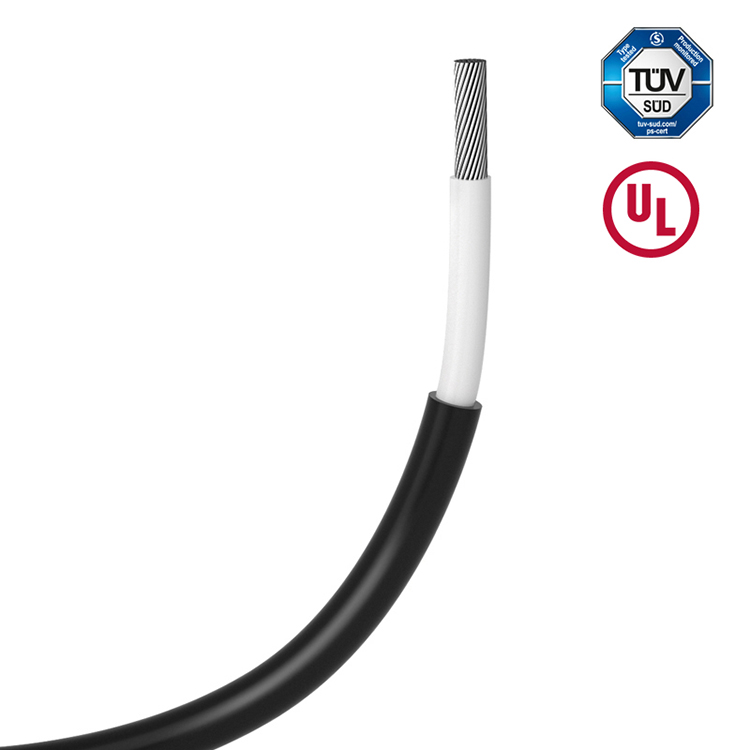 Author: Joey Wan
Author: Joey Wan  September 22,2023
September 22,2023
With the increasing popularity and availability of solar energy systems, proper installation is essential to ensure peak performance and safety. In this article, we will discuss the basics of installing solar cables, including the different types of cables used and their specifications.
Solar Cable 8mm2
One of the most commonly used solar cables is the 8mm2 cable. This cable is suitable for most solar power applications and is rated for up to 1,000 volts. It is also designed to withstand extreme weather conditions and is UV resistant, making it ideal for outdoor installations.
Solar DC Cable 4mm2
For smaller solar installations, a 4mm2 DC cable may be more appropriate. This cable is also rated for up to 1,000 volts but is more flexible and easier to manage in tight spaces. It is also UV resistant and has a durable outer sheath to protect against damage from the elements.

Solar Cable TUV
TUV certification is a recognized standard for solar cables, indicating that they have been tested and verified to meet specific safety and performance requirements. Solar cables with TUV certification are considered high quality and are recommended for use in solar energy systems.
Solar DC Cable PV Double Core
When connecting solar panels in a series, a double core DC cable may be used. These cables have two cores, one positive and one negative, which simplifies installation and reduces the number of cables required. They are also rated for up to 1,500 volts and are suitable for larger solar installations.
2x4mm2 PV Solar Cable
Another option for connecting solar panels is a 2x4mm2 PV solar cable. This cable has two cores, each rated for 4mm2, and is designed for use in smaller solar energy systems. It is also UV resistant and can withstand extreme temperatures.
Installation Tips
When installing solar cables, it is important to follow the manufacturer's instructions and use the correct connectors and tools. Cables should be routed away from obstructions and sharp edges to prevent damage and ensure proper performance. Additionally, cables should be securely fastened to prevent movement and damage from wind or other weather conditions.
